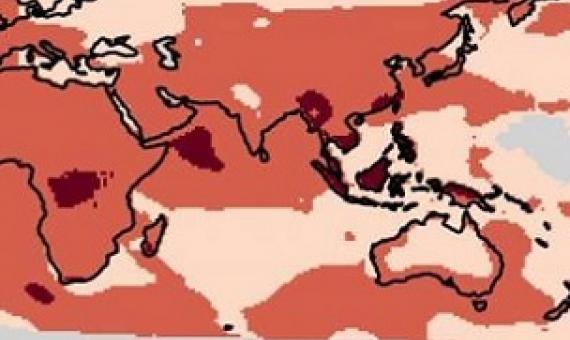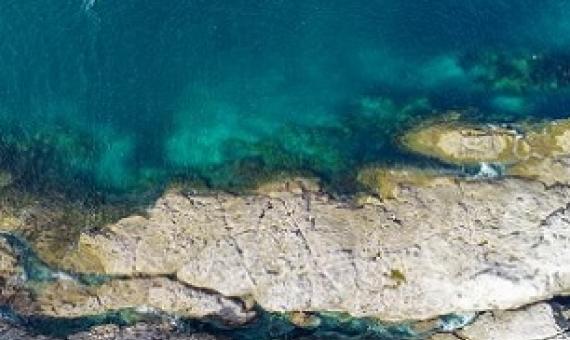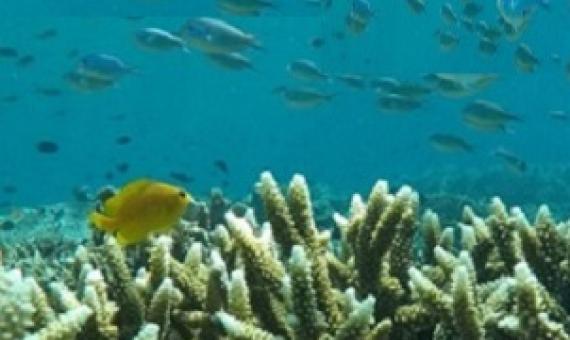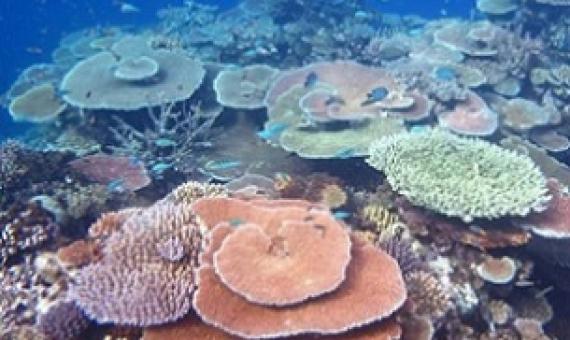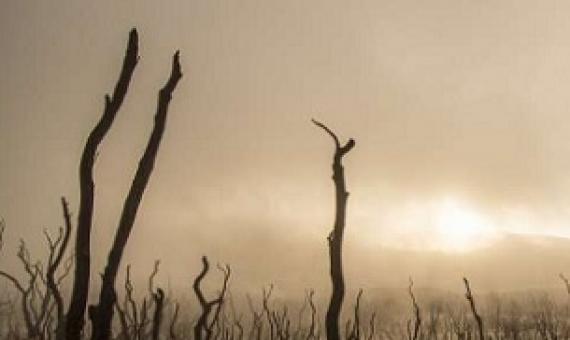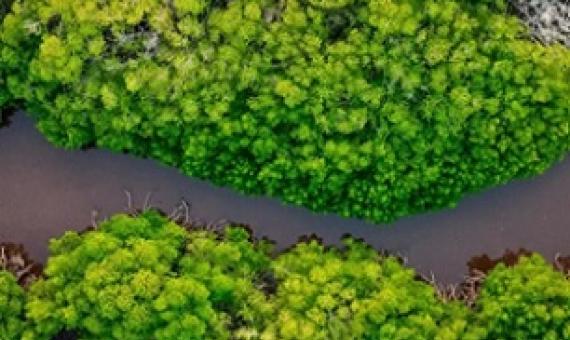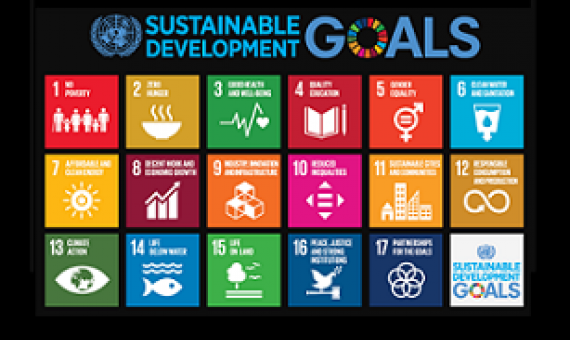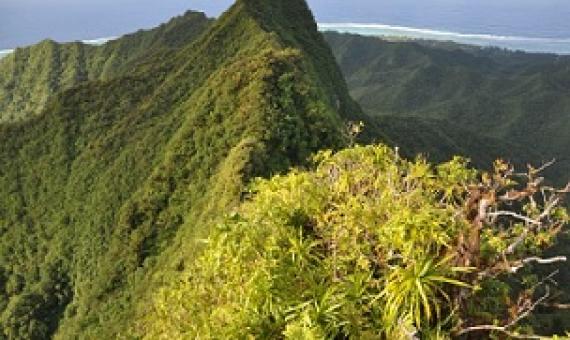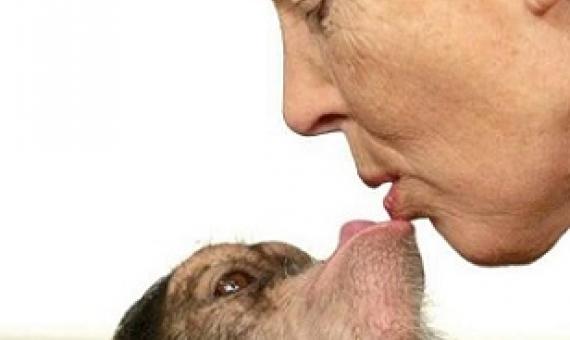The brief identifies success stories in reducing coral reefs' vulnerability to local stressors and climate change, with examples from Belize, Bali, American Samoa, and Hawai’i, US. A new fund was launched in September 2020 to invest USD 500 million over ten years to conserve coral reefs.
Icebergs crumbling into the sea may be what first come to mind when imagining the most dramatic effects of global warming.
The dire state of the marine environment off Coromandel Peninsula will be the focus of a hui in Whitianga this afternoon. Conservationists, iwi leaders and fishers are meeting to discuss issues such as fishing, pollution and climate change, which are putting heavy pressure on marine ec
Local management of coral reefs to ease environmental stressors, such as overfishing or pollution, could increase reefs' chances of recovery after devastating coral bleaching events caused by climate change, a new study finds.
Global warming is not just increasing average temperatures on land, it’s heating up the oceans as well. As marine heat waves become more common, they are disrupting longstanding relationships between species that have come to depend on each other.
A total investment in nature of $8.1 trillion is required between now and 2050—while annual investment should reach $536 billion annually by 2050—in order to successfully tackle the interlinked climate, biodiversity, and land degradation crises, according to the State of Finance for Nature report
The underlying drivers of climate change and biodiversity loss are different, though the line between policy to mitigate climate change and biodiversity loss is not always so distinct.
Countries are on track to miss the Sustainable Development Goals (SDGs) relating to environmental protection, two UN entities warn in new report issued on Saturday to coincide with the International Day for Biological Diversity. Despite making progress in areas such as cl
After decades of focus from the world’s governments, media and think tanks, most people now understand what climate change is and the impacts it implies to the future of humanity. Far fewer understand that the danger posed by biodiversity decline is every bit as serious.
Humanity needs to discover a "new mindset for our survival" as the world exits the pandemic only to face the looming dual crises of climate change and nature loss, renowned conservationist Jane Goodall said Thursday.


